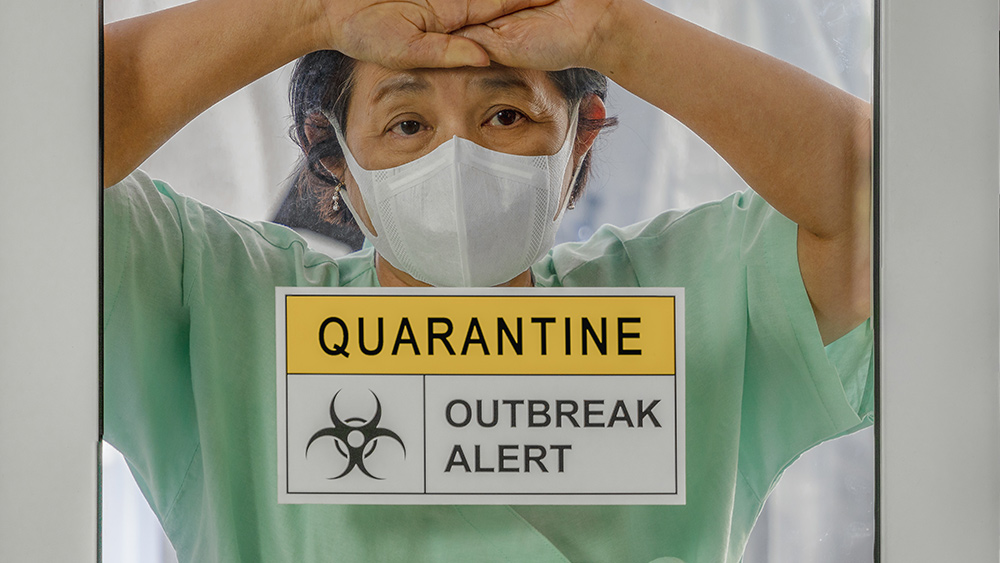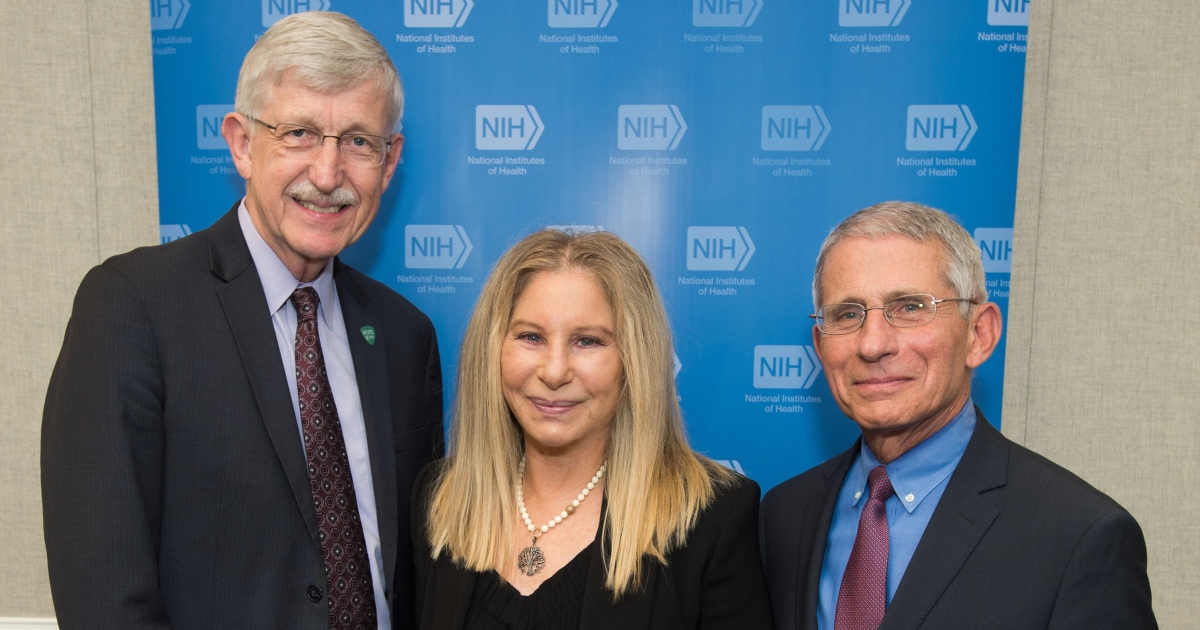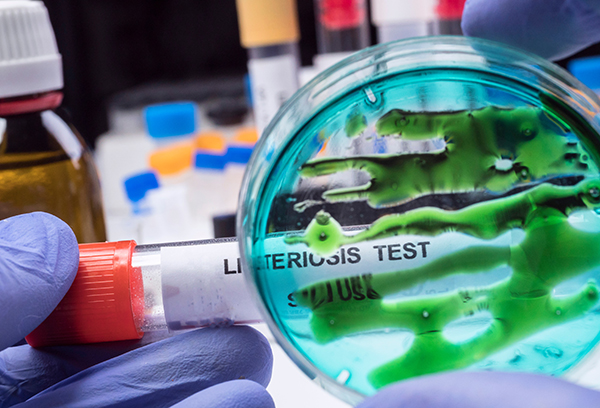Recommended antibiotics are shockingly ineffective for common childhood illnesses, study finds
11/03/2023 / By Cassie B.

A new study shows a shocking drop in the efficacy of several common childhood antibiotics when it comes to treating serious infections, raising concerns that young people’s lives are at risk thanks to antibiotic resistance.
In the study, which was published in The Lancet Regional Health – Southeast Asia, researchers from the University of Sydney looked at the resistance rates among kids in 11 countries from 2011 to 2021. They examined antibiotics recommended by the World Health Organization’s most recent guidelines on antibiotic usage. They found that many of those recommended by the WHO to treat common infections such as meningitis, sepsis and pneumonia had efficacy rates of less than 50 percent.
Some antibiotics were especially poor at treating the ailments they are recommended for. One example is ceftriaxone, which was only found to be effective for a third of the meningitis and neonatal sepsis cases for which it was administered. Another antibiotic, gentamicin, was only successful in treating less than half of meningitis and pediatric sepsis cases, while the category of antibiotics it belongs to, aminopenicillins, had a very low efficacy overall against bloodstream infections in children.
The study was focused on children in Southeast Asia and the Pacific, but its findings teach a valuable lesson that doctors around the world should heed. In the U.S., more than 35,000 deaths and 2.8 million infections each year are caused by antibiotic-resistant bacteria. When antibiotics fail to treat an infection, it can lead to serious problems for patients, including the need for drugs with serious adverse effects and even death.
Rochester Institute of Technology Biochemistry Professor Andre O. Hudson told Newsweek: “If clinically relevant antibiotics are not effective, this can lead to organ failure, death, etc. Sometimes, doctors use last-resort antibiotics.”
He added: “These drugs are used in very restricted cases as they have severe side effects; for example, the last resort antibiotic, aminoglycosides, can lead to hearing loss and kidney damage.”
Antimicrobial resistance can be particularly dangerous for young people because newer antibiotics may not have been tested on children and are therefore not always available to them.
The study’s authors say that new antibiotic treatments need to be developed for children to address this problem. Study co-author Phoebe Williams said in a statement: “Antibiotic clinical tests focus on adults and too often children and newborns are left out. That means we have very limited options and data for new treatments.”
Another problem is the fact that it is not financially viable for bigger pharmaceutical companies to invest in new antibiotics that are only needed for a few days or weeks when they can make significantly more money on drugs people take for years on end to address chronic conditions.
The study also highlights the need for the WHO to update its global antibiotic guidelines; the most recent guidelines were published in 2013.
How did antibiotic resistance become a problem?
When bacteria are treated using antibiotics, some of them might survive and then evolve in a way that allows them to resist the effects of the drug. When these new resistant strains spread, they can cause infections that are challenging to treat while transferring their resistance to other bacteria. Studies have shown that in geographic areas where specific antibiotics are used often, resistance to these drugs is higher.
Another problem is the fact that some doctors prescribe antibiotics when they are not needed or prescribe doses that are higher than necessary. More careful prescription is needed, and doctors should be instructed to choose the appropriate antibiotic type and dosage from the outset and avoid giving patients antibiotics for problems that won’t respond to them.
Sources for this article include:
Submit a correction >>
Tagged Under:
antibiotic resistance, Antibiotics, Big Pharma, childhood illnesses, children, research, superbugs, WHO
This article may contain statements that reflect the opinion of the author
RECENT NEWS & ARTICLES
Infections.News is a fact-based public education website published by Infections News Features, LLC.
All content copyright © 2018 by Infections News Features, LLC.
Contact Us with Tips or Corrections
All trademarks, registered trademarks and servicemarks mentioned on this site are the property of their respective owners.





















